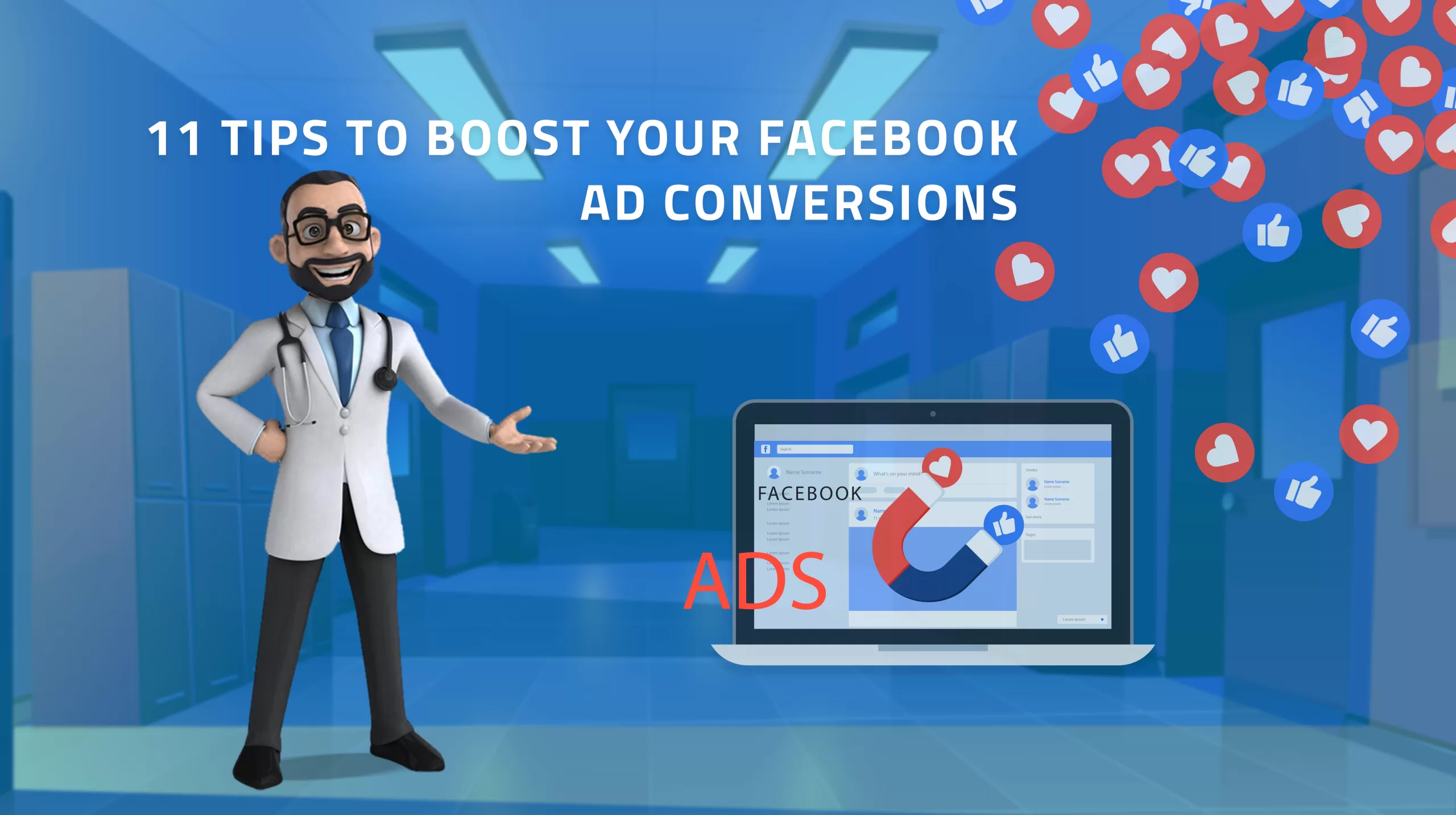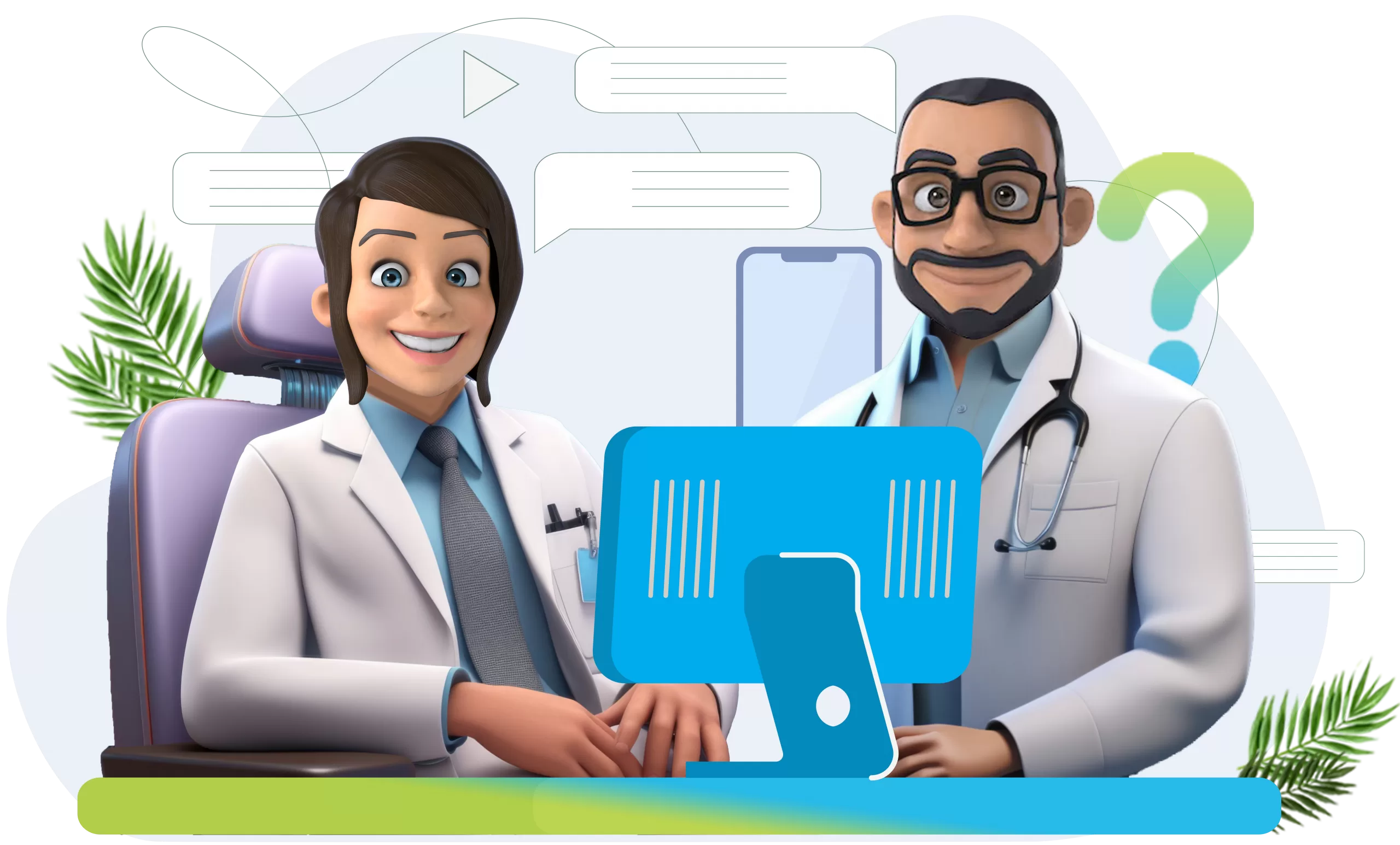Facebook is the premier social media platform for driving conversions, making creating impactful ads a crucial aspect of your overall social media strategy. Utilize these 11 strategies to transform your next Facebook campaign into a resounding success. The adjustments made to Facebook’s News Feed algorithm earlier this year have made it imperative for social media advertisers to elevate their advertising efforts on the platform. This is specifically true for teams with limited funding, who have likely seen a decrease in organic reach. One of the most necessary metrics social marketers track on Facebook is conversion rates. Typically, conversion means the point at which a user transitions from a casual browser to a paying customer. For many marketers, conversions are a significant objective. A high conversion rate is one of the most telling indicators of victory and is vital for achieving a solid return on investment.
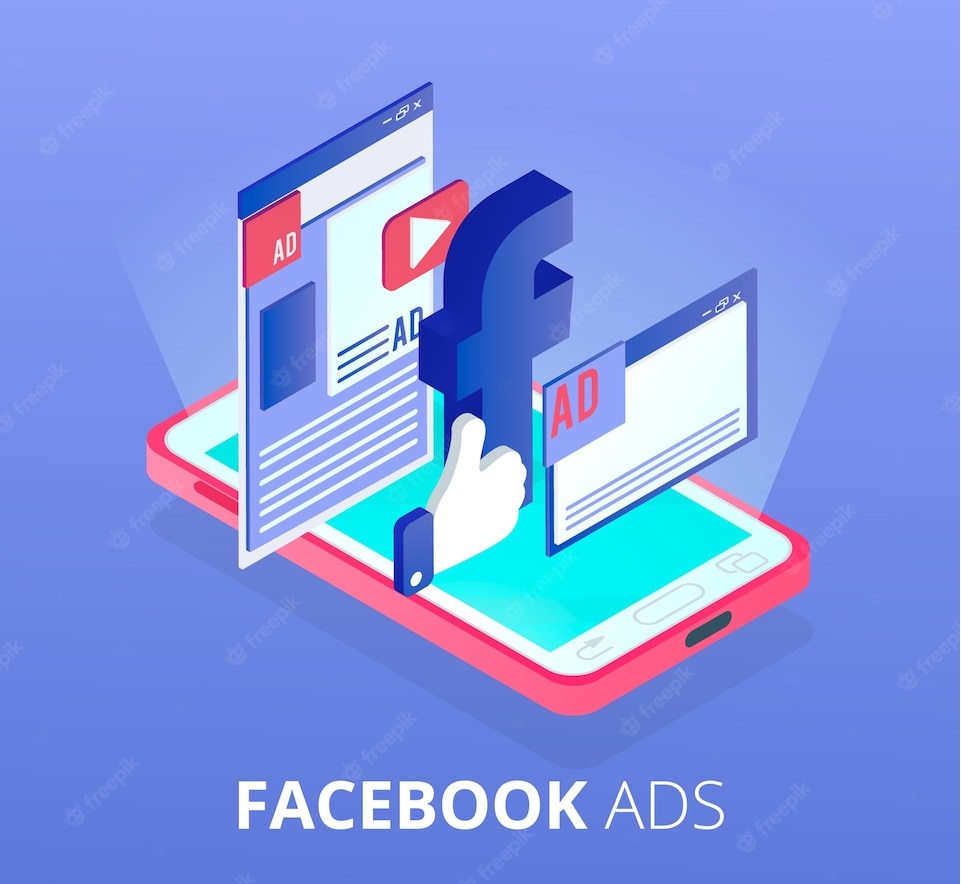
Conversions are not solely about driving purchases; they also encompass moving actions. For example, the objective of a campaign may be to increase newsletter subscriptions or encourage shoppers to add products to a wish list. All of these activities can be considered conversion events. Facebook reigns as the leading social media platform for driving conversions, making the creation of effective ads all the more crucial. Utilize these 11 tips to boot your next Facebook Marketing Service to success.
Tips to Boost Your Facebook Ad Conversions
Define your conversion event
It is essential to understand side action you want users to take after viewing your ad before attempting to convert them. Facebook supports conversions such as viewing content, adding to a wishlist, starting checkout, and purchasing. Custom conversion events can also be created for specific goals. It is essential to note that a single ad may not be able to serve all conversion goals. It is recommended to create separate ads for each goal, and to consider how these goals fit into the consumer’s journey and target them accordingly.
Keep destination front of mind.
The effectiveness of an ad is closely tied to the landing page it directs users to. When deciding where to run users to complete a conversion, it is essential to ensure that all necessary elements are in place to fulfill the promises made in the ad. To prepare a landing page, consider taking the following steps:
- Implementing the Facebook Pixel by adding the Facebook Pixel code to the page. This will allow tracking of conversion events.
- Achieving continuity by ensuring that the landing page delivers on the promises made in the ad. Avoid directing users to a page that is not related to the ad. The design and language should match the ad as well.
- Optimizing for mobile apps by ensuring the app is registered and integrated with the Facebook SDK, as more and more people are open to purchasing through mobile devices.
Create eye-catching visuals
Users take only 2.6 seconds to determine where to focus on a webpage. Therefore, striking imagery increases users’ likelihood of focusing on your ad. As design plays a significant role in forming first impressions, it is essential to treat visuals as an extension of your brand.
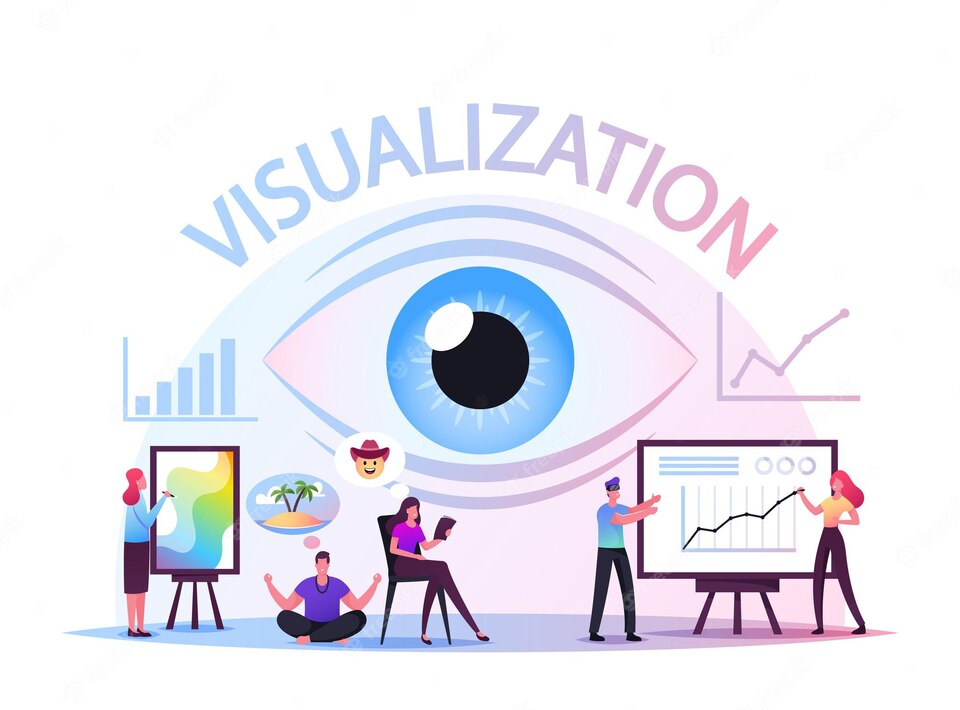
Minimize text in images, as Facebook recommends using readers sparingly, if at all. Instead of cluttering visuals with text, consider moving the copy to the designated text area. If it is necessary to include text, use Facebook’s Image Text Check tool to ensure the image adheres to Facebook’s guidelines. Ensure high-quality visuals by adhering to the recommended image size specifications. Low-resolution images can negatively impact your brand image. Consider using GIFs or videos, as they are more engaging than static images. Remember also to test vertical videos for mobile devices.
Keep copy short and sweet.
Clear and concise copy is vital to an effective ad, but the excessive text can discourage users from reading it.
Personalize the ad by using personal pronouns such as ‘you’ and ‘your’ to create a sense of connection between the brand and the audience. However, use caution when using the pronoun ‘we’, as a study found that it is more effective with returning customers. Use language that is easily understandable by the target audience, and avoid using technical jargon that might be confusing. Keep the copy brief by focusing on essential information and omitting unnecessary details, as excessive text can be overwhelming.
Include a direct call-to-action
Conversions are meant to inspire actions, so a clear and compelling call to action is crucial. For example, to encourage users to visit a product page or learn more about your company, use strong verbs such as “start”, “discover”, “find”, and “explore”. On the other hand, when the goal is to drive purchases or subscriptions, use direct phrases like “buy now” or “sign up” to communicate the desired action.
Broaden your audience
When creating an ad on Facebook, enable “targeting expansion” to reach a broader audience similar to the users you have specified in the “interest targeting” section. This expands your reach and increases the potential for conversions at a lower cost per conversion. Additionally, utilize the feature of Custom Audiences by uploading data sets, such as email subscriber lists, to find existing customers on Facebook. Further enhance your targeting by identifying Lookalike Audiences, and new users with similar characteristics to your existing customer base.
Optimize for conversions
You have likely completed several steps to optimize conversions. However, don’t forget to enable the “conversions” option on Facebook under the “Optimization for Delivery” section in the Budget and Schedule form. Although this option is not mandatory, research studies have shown its effectiveness. For instance, Save the Children conducted a study to compare the efficacy of conversion-optimized ads versus traffic-optimized ads in driving donations. The organization found that ads optimized for conversions generated four times more assistance than the others.
Choose the right ad format.
The choice of Facebook ad format can depend on the goals of your campaign. For instance, Adidas found that using video ads in combination with Facebook’s collection feature was an effective way to showcase the various parts of its Z.N.E Road Trip Hoodie, resulting in a 43 percent decrease in cost-per-conversion. When selecting the correct format, consider the following:
- Carousel and collection ads are suitable for showcasing multiple products or highlighting various features.
- Facebook Offer ads are beneficial for announcing special deals or discounts that can serve as purchase incentives. If a user visits the ad, Facebook will send reminders to redeem the offer.
- Facebook Canvas ads are suitable for high-impact visuals and experiences that are best viewed on full-screen.
Track across multiple devices
It is essential to track clicks and conversions across all devices, including mobile and desktop, regardless of where the conversion event occurs. If your advertisement is intended only to be run on desktop, Facebook advises installing Facebook Software Development Kit (SDK) on your mobile app, if available. This enables Facebook to gather more audience data and broaden the target audience.
Consider link click optimisation
Suppose your ad is not generating a significant number of conversions in the initial days. In that case, it may be due to a need for more data for Facebook to deliver the ad effectively. Facebook requires about 50 conversions per ad within the first seven days to optimize delivery. To check the number of modifications, check the Ads Manager. If the ad has less than 50 conversions, Facebook suggests optimizing for link clicks instead of conversions.
Convert your analytics into insights
It is crucial to monitor performance analytics closely and make adjustments for any social media campaign. Evaluate what worked and what did not and take note of future ad campaigns, striving to replicate successful strategies. Learn more about utilizing Facebook analytics and identify the most important metrics for social media marketers to track. By understanding how to create a Facebook ad optimized for conversions, you are now equipped to explore other social media advertising methods. The conversion principles remain consistent across platforms- ensuring the experience is clear, direct, consistent, and appealing.
What is the learning limitation of Facebook, and how has it is benefited
The Delivery column reads Learning limited if your ad set isn’t getting enough optimisation events to exit the learning phase. Learning limited isn’t a penalty – it indicates that your budget isn’t being spent effectively because the ad delivery system can’t optimise performance with your current setup.

An ad set becomes learning-limited when it is unlikely to receive around 50 optimisation events in the week after your last significant edit. This diagnosis can happen any time after you create an ad set or make a substantial edit to an existing one.
Generally, an ad set becomes learning limited when the ad set is limited by small audience size, low budget, low bid or cost control, high auction overlap, an infrequent optimisation event or other issues such as running too many ads at the same time. For example, if an ad set is limited by a low bid or cost control, a tooltip will appear when you hover over the limited learning status.
Troubleshoot
There are multiple ways to fix learning limited ad sets to improve performance.
Combine ads sets and campaigns
Combining ad sets and campaigns will help you get the results you need faster, which means you’ll see stable results sooner.
Expand your audience
The larger the audience, the more opportunities for people to complete your optimisation event.
Raise your budget
The ad set is unlikely to exit the learning phase if your budget is too low to receive around 50 optimisation events.
Raise your bid or cost control
If your bid or cost control is too low to receive around 50 optimisation events, the ad set is unlikely to exit the learning phase.
Change your optimisation event
Consider choosing an optimisation event that occurs more frequently. For example, move from purchases to add to basket. If a learning limited ad set receives 50 optimisation events since your last significant edit, it will move from Learning limited to Active.
Elevate your Facebook advertising efforts by partnering with us at SoftLoom IT Solutions. We specialize in providing the most effective digital marketing solutions for organizations. Utilizing digital marketing strategies allows you to connect with your target audience and increase your online visibility.

